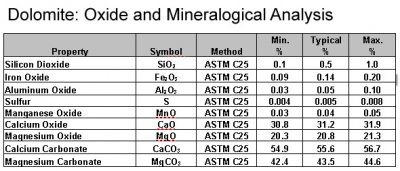The Properties Of Ceramic Material

People first started making ceramics thousands of years ago pottery glass and brick are among the oldest human invented materials and we re still designing brand new ceramic materials today things like catalytic converters for today s cars and high temperature superconductors for tomorrow s computers.
The properties of ceramic material. Crystalline materials have high density than non crystalline materials. The ionic and covalent bonds of ceramics are responsible for many unique properties of these materials such as high hardness high melting points low thermal expansion and good chemical resistance but also for some undesirable characteristics foremost being brittleness which leads to fractures unless the material is toughened by. This is known as the atomic scale structure. Graphene is currently considered the strongest known material.
Most ceramics are made up of two or more elements. A ceramic material is an inorganic non metallic often crystalline oxide nitride or carbide material. Some elements such as carbon or silicon may be considered ceramics ceramic materials are brittle hard strong in compression and weak in shearing and tension. These are very important parameters for the ceramic material.
Advanced ceramics and traditional ceramics are the main categories of ceramic materials. They withstand chemical erosion that occurs in other materials subjected to acidic or caustic environments. What is a ceramic. Additionally carbon based materials such as carbon fiber carbon nanotubes and graphene can be considered ceramics.
The density of ceramics is intermediate between polymers and metals. According to this definition elemental carbon is a ceramic. A common definition of a ceramic is a hard material that is held together with ionic and covalent bonds. These material properties are utilized to produce number of commercial and domestic products such as pottery bricks advanced functional items etc.
Ceramic composition and properties atomic and molecular nature of ceramic materials and their resulting characteristics and performance in industrial applications. The properties of ceramic materials like all materials are dictated by the types of atoms present the types of bonding between the atoms and the way the atoms are packed together. Usually they are metal oxides that is compounds of metallic elements and oxygen but many ceramics. Generally ceramic particles are fine and coarse.
There s quite a big difference between age old general purpose. Ceramic materials can be identified by their general properties like high hardness brittleness chemical stability and low thermal conductivity. We determine the above all properties with the particle sizes of the material. These highly desirable properties of ceramics have as yet been largely disregarded due to the perceived low toughness and brittle failure demonstrated by traditional ceramic strength however recent developments have led to a new breed of ceramic materials displaying mechanical properties that were previously considered.
















































